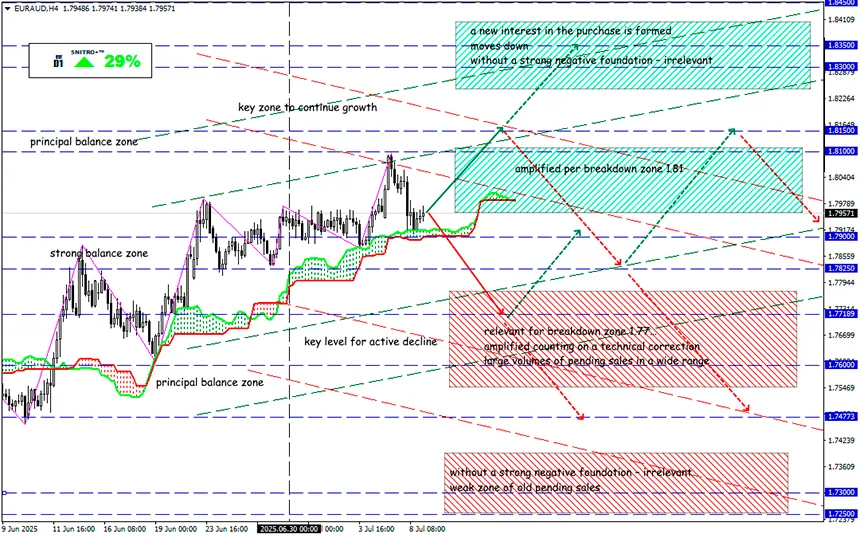Copper at the Price of Gold

Comex futures rose 17% immediately (to $5.8955), a record since the contract was launched in 1988. As a result, on July 8, the premium relative to similar futures in London increased to an incredible 25% (over $2000).
Recall: Australia is one of the largest exporters of copper. The rise in prices for raw materials contributes to the growth of AUD, so we are waiting for an active reaction on all assets with the participation of Aussie.
The exact date of introduction of the new duties is unknown, but it was not earlier than August. In the meantime, Donny is just testing the market's ability to panic.
The market has been waiting for an increase in the price of strategic raw materials since Trump won the election. In February, he instructed the Commerce Department to study the issue in light of national security requirements. There is no official result yet.
The U.S. imports about 50% of the required copper, mainly from Chile, Canada, and Mexico. Meanwhile, China controls much of the world's copper processing capacity, leaving the U.S. vulnerable to external risks.
Raising the price of imports should stimulate domestic production, but so far, this idea has only caused a negative reaction from industrial companies. Traders have been actively shipping huge volumes of copper to the U.S. for six months now, and the speculative price hike provides an additional incentive to replenish stockpiles to get ahead of the tariff hike.
Shares of U.S. copper producers - Freeport-McMoran Inc. (NYSE: FCX), Southern Copper Corp. (NYSE: SCCO), Hudbay Minerals Inc. (NYSE/TSX: HBM), Taseko Mines Limited (NYSE: TGB) - have also opened a new bullish trend.
Expect rising costs in such sectors of the U.S. economy as construction, electric vehicles, electronics, and, in the long run, increased inflationary pressures and slower economic growth. The distance for such experiments is 3-4 years, just before the next US elections.
Let's see what will come out of it.
Profits to y’all!


















